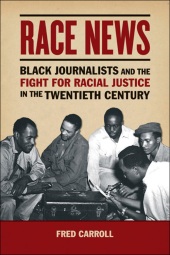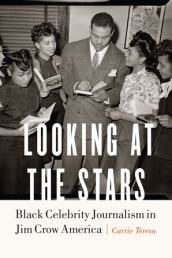
Happy New Year! The year 2022 has started off with many initiatives by the History Division. Our members are doing extraordinary work, and it’s time for them to be recognized. There are several deadlines approaching for History Division awards. Please consider nominating someone, including yourself, for the following awards: the Jinx Broussard Award for Excellence in Teaching Media History (February 15); the History Division Book Award (February 15); the Hazel Dicken-Garcia Award for Best Master’s Thesis (March 1); the Donald Shaw Senior Scholar Award (March 15), and the Covert Award for best article, essay, or book chapter (March 31). Similarly, AEJMC has a call for the 17th Annual Best Practices Teaching Competition.
The History Division is also proud that we will continue the Joint Journalism Communication History Conference in 2022 in a virtual format. History Division member Dr. Matthew Pressman (Seton Hall) is the AEJMC History Division representative, and is working with the American Journalism Historians Association, our cosponsor, with facilitating the conference on May 13, 2022. Submissions for papers, abstracts, research in progress, and panels are open until March 1, 2022.
This issue, CLIO shows that our members are hard at work with research and teaching. Please look at our member updates, the book Q&A, and our featured member profile on Autumn Linford. The chair of our division’s teaching committee, Ken Ward, has the first in a series of articles on teaching, this one about rethinking textbooks. With the 50th anniversary of the Watergate break-in, there is also a special edition of American Journalism that focuses on investigative journalism history. Abstract proposals for the edition are due March 1 and should be submitted to americanjournalismeditor@gmail.com
Sadly, as many of you are aware, longtime history division member, former chair, and former editor of Journalism History Dr. Michael “Mike” Sweeney (Ohio University) passed away on January 15, 2022. His beautifully written obituary can be found here. Mike was a person who was a mentor, colleague, teacher, collaborator, and, most importantly, friend to many people in our division. Many of our members, myself included, have stories about how Mike inspired them and made them better historians. Because of that, this edition of CLIO contains several remembrances of Mike by his former students, colleagues and friends within the division. Reading these thoughtful remembrances demonstrates that Mike’s impact on the division, and more importantly its members, was significant. -Cayce Myers












